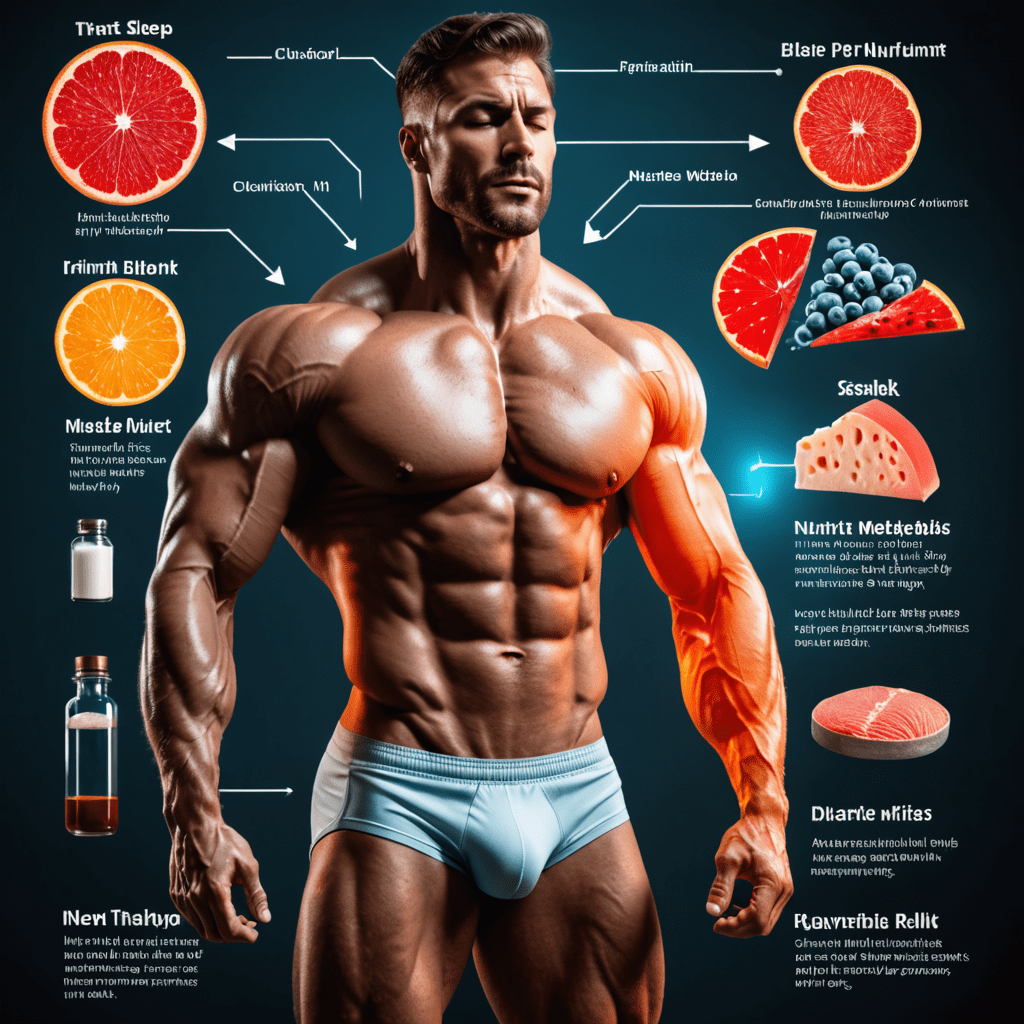
1. Introduction
Cardiovascular exercises, also known as aerobic exercises, are physical activities that increase your heart rate and breathing. These exercises can bring about numerous health benefits, including greater energy expenditure. This article delves into the concept of energy expenditure, the advantages of cardiovascular workouts, and the different types of cardiovascular exercises you can incorporate into your fitness routine.
2. Understanding Energy Expenditure
Energy expenditure refers to the amount of energy your body uses to perform its daily functions and activities. This includes both resting energy expenditure, which is the energy your body needs to maintain basic functions like breathing and digestion, and active energy expenditure, which is the energy used during physical activity. Cardiovascular exercises specifically target active energy expenditure, helping you burn more calories and improve your overall metabolic rate.
3. Benefits of Cardiovascular Exercise
Regular cardiovascular exercise offers a wide range of health benefits, including:
- Increased cardiovascular health: Cardiovascular exercises strengthen your heart and lungs, reducing your risk of heart disease, stroke, and other cardiovascular issues.
- Improved weight management: These exercises burn calories and help you maintain a healthy weight.
- Boosted energy levels: Cardiovascular exercise increases oxygen flow throughout your body, providing you with more energy and reducing fatigue.
- Enhanced mood: Exercise releases endorphins, which have mood-boosting effects.
- Better sleep: Regular cardiovascular activity can improve sleep quality and duration.
4. Types of Cardiovascular Exercises
There are various types of cardiovascular exercises to choose from, including:
- High-intensity interval training (HIIT): This involves alternating between short bursts of high-intensity activity and brief periods of rest or low-intensity activity.
- Moderate-intensity continuous training (MICT): This refers to maintaining a moderate intensity level for a sustained period of time, such as brisk walking or cycling.
- Aerobic base training: This type of exercise involves prolonged, low-intensity activity, such as jogging or swimming, to build endurance and improve cardiovascular fitness.
5. High-Intensity Interval Training (HIIT)
HIIT involves alternating between brief periods of intense exercise and rest. HIIT workouts are highly effective for burning calories and improving cardiovascular health. They are also time-efficient, as they can be completed in shorter sessions compared to other types of cardiovascular exercise.
6. Moderate-Intensity Continuous Training (MICT)
MICT involves sustaining a moderate intensity level for an extended period. This type of exercise is less intense than HIIT but can still effectively improve cardiovascular health and burn calories. MICT is suitable for individuals who are new to exercise or have certain health conditions.
7. Aerobic Base Training
Aerobic base training emphasizes prolonged, low-intensity exercise. This type of training builds endurance and improves the body's ability to utilize oxygen efficiently. Aerobic base training is beneficial for individuals who want to increase their endurance capacity and overall fitness levels.
8. Factors Affecting Energy Expenditure
Several factors can influence energy expenditure during cardiovascular exercise, including:
- Intensity: Higher intensity exercises require more energy expenditure.
- Duration: Longer exercise sessions result in greater energy expenditure.
- Body weight: Individuals with higher body weight generally burn more calories during exercise.
- Fitness level: Fitter individuals tend to have higher energy expenditure during exercise.
- Age: As we age, our energy expenditure during exercise may decrease.
9. Considerations for Safe and Effective Exercise
To ensure safe and effective cardiovascular exercise, consider the following tips:
- Gradually increase the intensity and duration of your workouts over time.
- Warm up before each exercise session and cool down afterward.
- Choose exercises that you enjoy and find sustainable.
- Listen to your body and take rest days as needed.
- Stay hydrated by drinking plenty of water before, during, and after exercise.
- Consult with a healthcare professional before starting a new exercise program, especially if you have any underlying health conditions.
10. Conclusion
Incorporating cardiovascular exercises into your fitness routine can significantly increase energy expenditure, leading to numerous health benefits. Whether you prefer HIIT, MICT, or aerobic base training, there are various options available to suit your fitness level and preferences. By understanding the principles of energy expenditure and following safe exercise practices, you can harness the power of cardiovascular exercises to enhance your energy levels, improve your overall health, and live a more vibrant life.
Frequently Asked Questions (FAQs)
Q1. What is the best type of cardiovascular exercise for burning calories?
HIIT is generally more effective for burning calories in a shorter amount of time.
Q2. How long should I exercise to increase my energy expenditure?
Aim for at least 150 minutes of moderate-intensity

